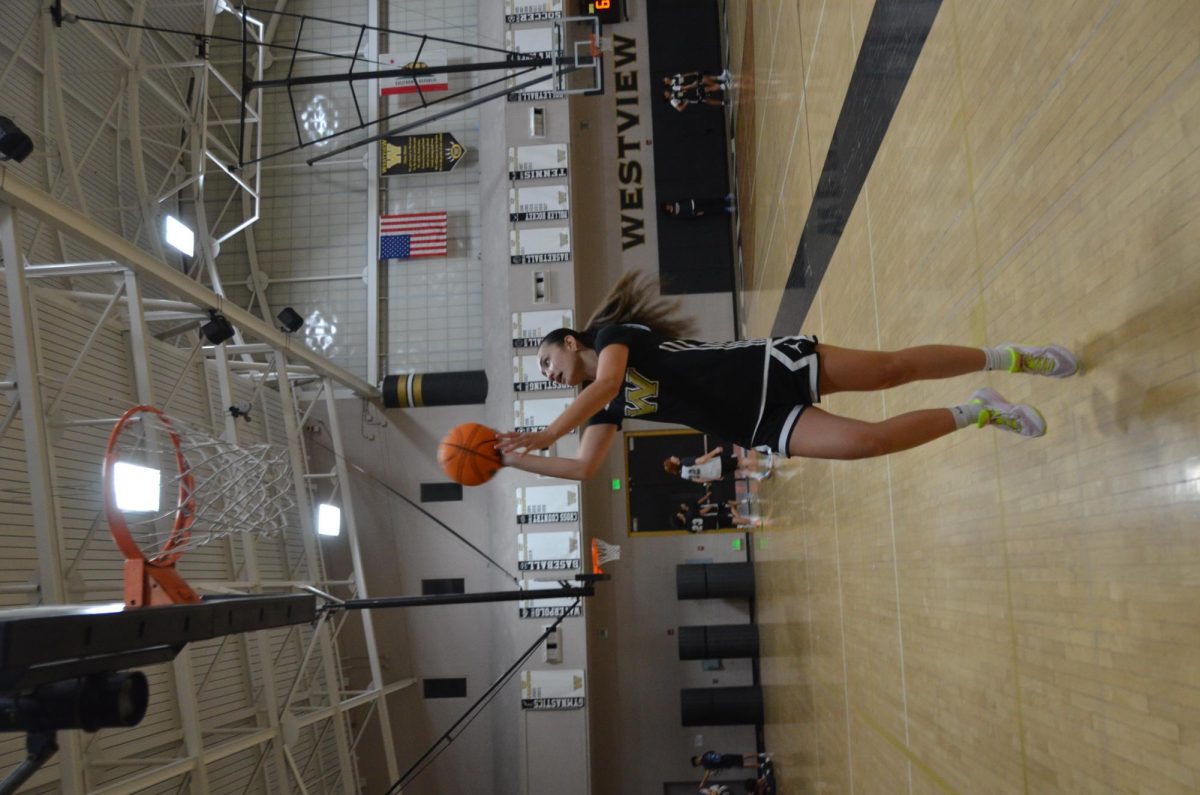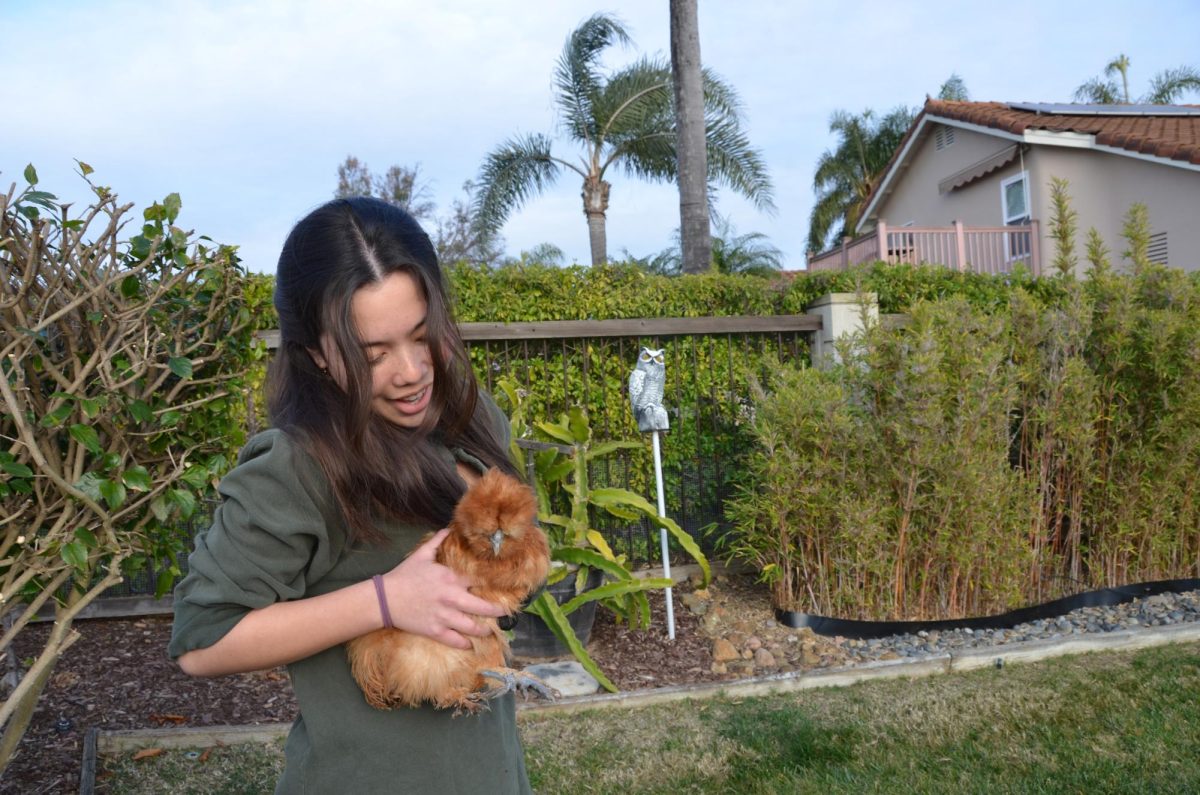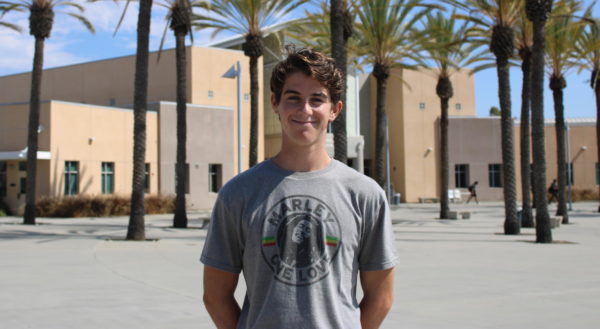As the girls’ water polo team was starting their practice in the school pool, on Dec. 20, Kiara Schray (11) and Kamila Nava (11) started feeling differently than they normally did while in the water.
About 20 minutes into practice, once the team had switched from swimming laps to water polo skills, Schray took off her goggles and noticed that the water was causing her eyes to feel a more intense burning sensation than she was used to. Along with this, after practice, she had a temporary loss of vision.
“I couldn’t see for about five hours [after the practice],” Schray said. “It was really blurry and [when] I opened my eyes [to] see light, light [just looked] like big circles. My vision didn’t fully return [for] five days after it [because] a white sheen [over my vision remained]. That was really scary.”
Schray said she also felt like her skin was burning.
“[My skin] was very itchy and uncomfortable and it also hurt to wear a suit and [go into] any sort of chlorine afterward,” Schray said.
After complaints from the players, the pool was shut down from Dec. 20 to Dec. 28.
Schray told her father, who became concerned that she couldn’t see for an extended period. Since he manages the chemicals in his pool, he decided that he would test the parts per million (ppm) of free chlorine in the pool using a pH strips testing kit, as well as submit a sample of the pool water to Leslie’s Pool Supplies for testing.
Schray said that her father’s pH strips got a reading of 10 ppm of free chlorine, which was the maximum the strips went to, and his results from Leslie’s got a reading of 15 ppm, which was the maximum that Leslie Pool Supplies test goes to according to Schray. According to San Diego County’s swimming pool operators guide the ideal range for free chlorine levels in a pool or water park is between 2ppm-3ppm but should not exceed 10ppm.
According to athletic director Steve McLaughlin, the pool’s chlorine balance continued to be managed by the computer system while it was shut down, but the system was also monitored by the district pool techs during this time.
During the shutdown, the team did dryland practices before they returned to the pool, Dec. 28. Schray said that the only thing communicated to her during this time was that the pool was closed.
“I felt really sad that the school didn’t even address the situation,” Schray said after the fact in an interview. “It felt as though it was just being brushed under the rug.”
Schray’s father tested the water again, at Leslie’s pool supplies and found the levels to be 15 ppm, on the morning of Jan. 4 during the team’s game against Helix Charter High School once they had already gotten in Schray said something felt off and her lungs were burning, Nava felt similar adverse effects from the water. Schray’s father took another sample to Leslie Pool’s Supplies and found the levels were still reading to be 15 ppm.
“[The chlorine levels] just felt high,” Nava said. “I felt it almost immediately in [my] mouth and in [my] eyes. Halfway through the first quarter, everything started getting super foggy and I finished the game with literally no vision. I couldn’t see someone right in front of me, I couldn’t make out their face. After the game, all the way around my neck was red and itchy as well and the apples on my cheeks on my face were puffy.”
Nava also said she experienced an extremely dry feeling in her mouth both times the chlorine levels were high. She said she felt the same symptoms both times but with a lower severity the first time.
The pool was shut down a second time after this game on Jan. 4 and later opened up on Jan. 9, Athletic Director Steve McLaughlin sent an email to the girls’ water polo players explaining what was going on.
“Mr. Remillard and I have met with our PUSD facility pool expert, and he explained that the computer that operates the chlorine level is sensing a need to add more chlorine than what is needed,” McLaughlin said in his email.
McLaughlin said the problem was the same both times when the levels were high — that the computer sensed there wasn’t enough chlorine in the pool so it was putting more in.
After the second time, the pool was shut down and the pool’s chlorine levels were monitored over to a manual system.
“Chlorine will be monitored manually each morning by our district pool techs, and they will manually dump any chemicals into the pool that are needed,” McLaughlin said in his email.
This is the system that is currently being used, according to McLaughlin. While the legal limit is 10 ppm, it is typically advised to be between 1 ppm and 5 ppm. However, the system
Westview uses only flags the levels as too high when they reach higher than 10 ppm.
“I was told that the California state standards are 10 or below and they never reached above 10 [according to our monitoring system],” McLaughlin said. “And so that’s why there was no red flag, even though they were high there, it wasn’t red flagged as above 10.”
Because of this, McLaughlin said that Westview would no longer only flag levels that are higher than California Health and Safety standards, and will instead switch to the YMCA’s standards of 5 ppm. He also acknowledged the fact that there was a difference between Westview’s monitoring system and Schray’s father’s measure.
“It’s the responsibility of the district [pool techs] to monitor the water,” McLaughlin said. “Obviously, if [the parents] felt like kids weren’t safe, they could contact me or somebody at the district office and could choose to have their daughter not get in the pool until they felt it was safe. The coaches are there to coach, just like they’re not there to diagnose a concussion; that’s our athletic trainer’s job. The equipment that the district has is a lot more accurate to my understanding than what somebody like a parent might have [with their] self-kit. If a parent sees it’s really high on theirs, but our system of monitoring is showing something different, there could be some type of disagreement.”
To keep the pool’s chlorine levels at safe levels, every morning at 10 a.m., McLaughlin reviews a report about the pH and chlorine levels of the pool, and if the levels are above 5 ppm, he closes the pool for practice and tries to arrange another pool for them in the district that they can use.
“I care about kids, I care about their experiences,” McLaughlin said. “And so, do I want any kid to experience potential reddening of eyes or chlorine effects to their body? Absolutely not. That’s where I’m disappointed where we had kids go in there and have some adverse effects. I felt like we responded quickly to it, tried to adjust [with] the parents on it, and went from there.”


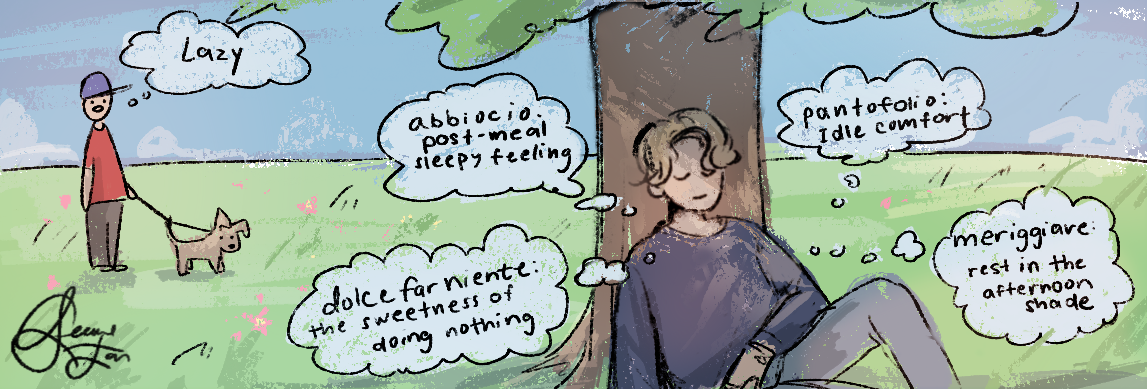
![Kamila Nava (11) [right] and Alexi Stysis (11) run at Torrey Pines State Beach, April 27. Nava enjoys going for runs outdoors and tries to run in nature as frequently as possible.](https://wvnexus.org/wp-content/uploads/2024/05/DSCF2398-e1714686258569-800x1200.jpg)
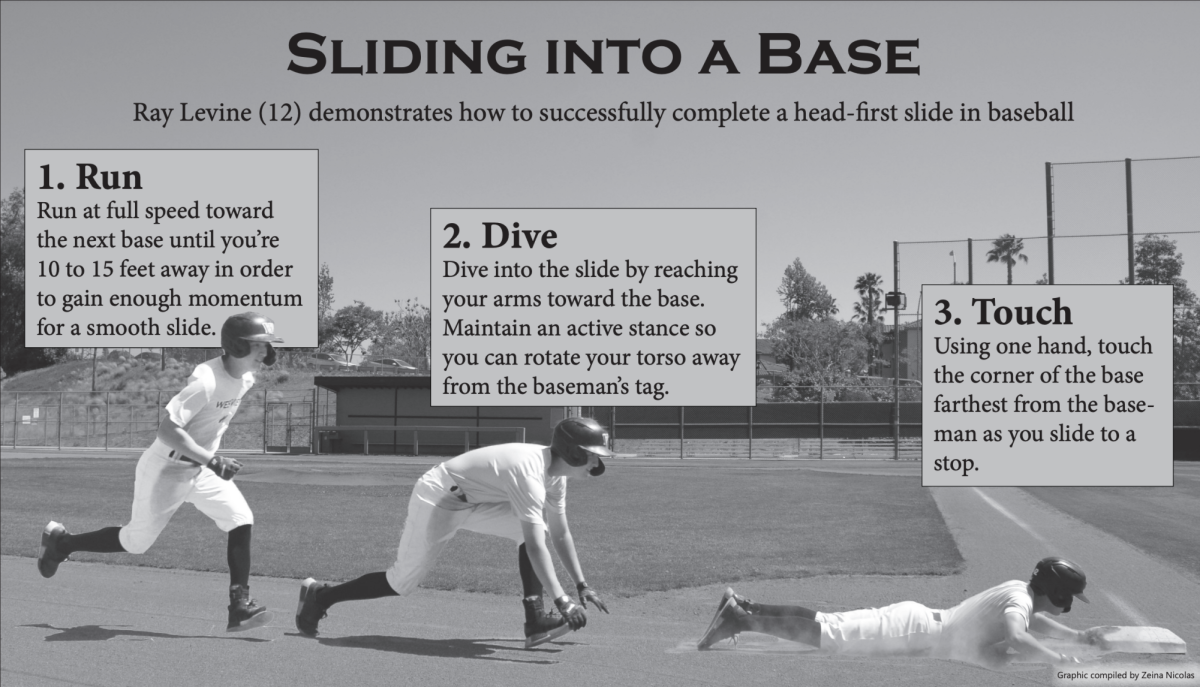

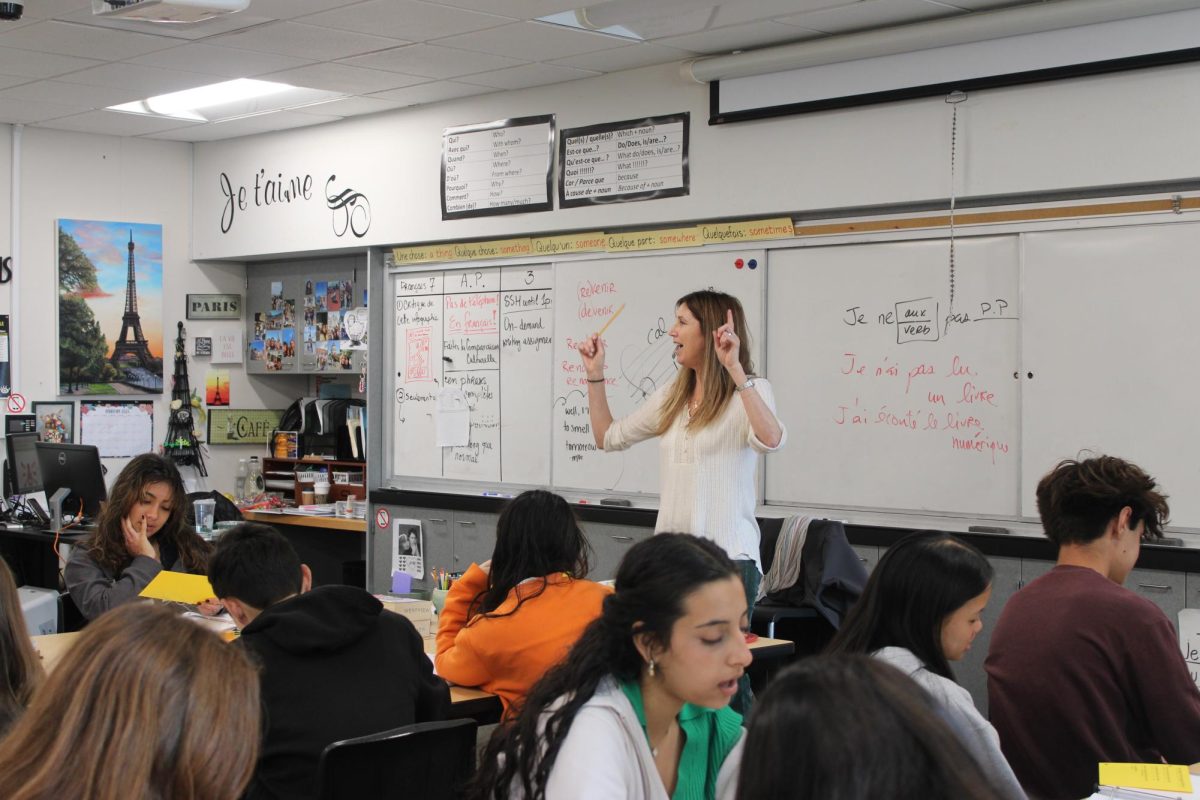
![Alexander McAllister (10) [third from the left] practices with his rowing team at Mission Bay, Feb. 8. McAllister has learned to work in unison with others on the water.](https://wvnexus.org/wp-content/uploads/2024/02/alex-rowing-1-1200x837.jpg)
